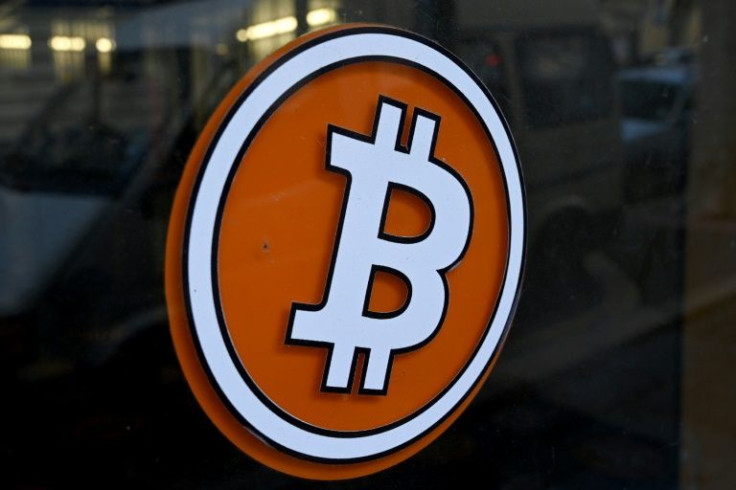Stablecoin Collapse Predicted To Hurt US Bond Market And Economy: Report
The year 2022 was tough for the crypto market as it lost a little over $2 trillion and its popularity fell drastically in the U.S.
About 60% of Americans came to realize that cryptocurrency was just "a speculative mania and the industry is rife with crooks," according to a principal reporter at Bankrate, who spoke to CNBC.
This is when the loss didn't affect traditional assets like stocks and the real economy.
Now, Cornell University economics professor Eswar Prasad warns that the economy is one stablecoin failure short of facing major turmoil.
For the unversed, a stablecoin is a digital asset that remains stable in value against pegged external sources such as the dollar or euro. Some examples include the USD coin, Tether, and Binance USD.
These coins are the pillars of the crypto economy, with a combined circulating supply of $127 billion as of the end of 2022, which constituted almost 90% of the stablecoin sector. These help users buy different cryptocurrencies without having to convert their money to fiat. Stablecoin issuers say they are backed by real assets like bonds or fiat currency, and upon selling the same, users can receive a real asset in return.
Let's reflect on last year's spectacular disintegration of TerraUSD. The algorithmic stablecoin, which was supposed to maintain a $1 peg, began to fall and reached 35 cents. This sent shockwaves across the market and investors lost $42 billion, according to blockchain analytics firm Elliptic, as reported by Reuters.
As per reports released in November, the largest stablecoin, Tether, said it held $39.7 billion in U.S. Treasury bills, Reuters reported. The company backing USDC and BUSD held $12.7 billion and $6 billion of U.S. Treasury bills, respectively.
If people were to lose confidence in stablecoin now, the traditional financial markets will feel the impact, Prasad said regulators that he spoke to told him. There are no signs of the collapse of stablecoins yet, but in the event it happens, regulators worry the traditional financial markets will feel the tremors. If large numbers of users want to get rid of their digital assets, the issuers will have to sell their U.S. Treasury bills to fulfill the same.
"And I think [the] concern of regulators is if there were to be a loss of confidence in stablecoins ... then you could have a wave of redemptions, which will, in turn, mean that the stablecoin issuers have to redeem their holdings of Treasury securities," Prasad told CNBC at the Crypto Finance Conference in St. Moritz, Switzerland, a three-day event from Jan. 11 to 13.
"And a large volume of redemptions even in a fairly liquid market can create turmoil in the underlying securities market. And given how important the Treasury securities market is to the broader financial system in the U.S. ... I think regulators are rightly concerned," he added.
Liquidity across U.S. markets reached its worst in June 2022 since the market meltdown in the early days of the pandemic in 2020. The officers at the U.S. central bank were concerned about the problems being created in the Treasury and commodities market by weak liquidity, FT reported.
If a stablecoin run were to occur at a time when the bond market sentiment was fragile "as it is in the U.S. right now," the Treasurys could crack under the pressure of huge selling and lead to a "multiplier effect," Prasad warned.
"If you have a large wave of redemptions that can really hurt liquidity in that market," Prasad said.
The professor reiterated the warning issued in the U.S. Federal Reserve's report from May 2022 which said, "Stablecoins remain prone to runs, and many bond and bank loan mutual funds continue to be vulnerable to redemption risks."

© Copyright IBTimes 2024. All rights reserved.




















